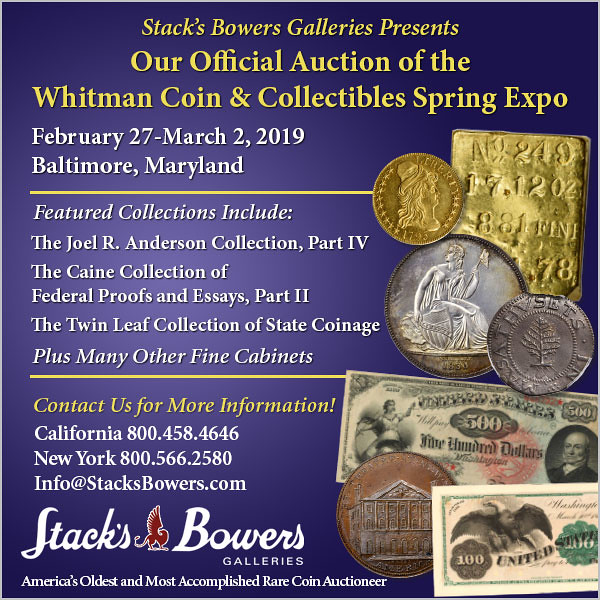
PREV ARTICLE
NEXT ARTICLE
FULL ISSUE
PREV FULL ISSUE
COIN COUNTERFEITS GET BETTER AND BETTERA January 10. 2019 Numismatic News article by F. Michael Fazzari discusses the nature of modern counterfeits of rare coins. SPOILER: it's scary! Here's an excerpt, but read the complete article online. -Editor
One disturbing thing about fakes and reproductions is that they tend to get better as the counterfeiters learn new methods of production and universal methods of detection. Back in 1972, when I received my initial training, some folks thought we should reveal all we knew about counterfeit coins while others insisted we keep everything secret so as not to help the counterfeiters improve their product. We took the middle ground and revealed just a few of the distinctive defects (“markers”) used to identify a fake. The group that wished us to keep everything secret turned out to be correct. The more we divulged, the more difficult authentication became as commonly seen defects on virtually all fake coins eventually disappeared. At one Summer Seminar in 1973 or 1974 I showed the class a newly produced $10 Indian and one of the “markers” to use to easily detect it. Within a short period of time, the identical fakes showed up at the authentication service with that defect removed. I don’t mean to alarm readers, but the counterfeiters have taken huge leaps forward in the last several years so that many of the state-of-the-art fakes would fit undetected into a coin collection among the prized pieces. To read the complete article, see: 
Wayne Homren, Editor The Numismatic Bibliomania Society is a non-profit organization promoting numismatic literature. See our web site at coinbooks.org. To submit items for publication in The E-Sylum, write to the Editor at this address: whomren@gmail.com To subscribe go to: https://my.binhost.com/lists/listinfo/esylum All Rights Reserved. NBS Home Page Contact the NBS webmaster 
|